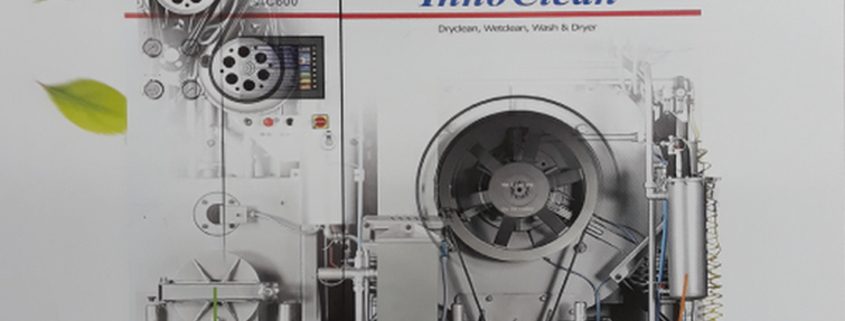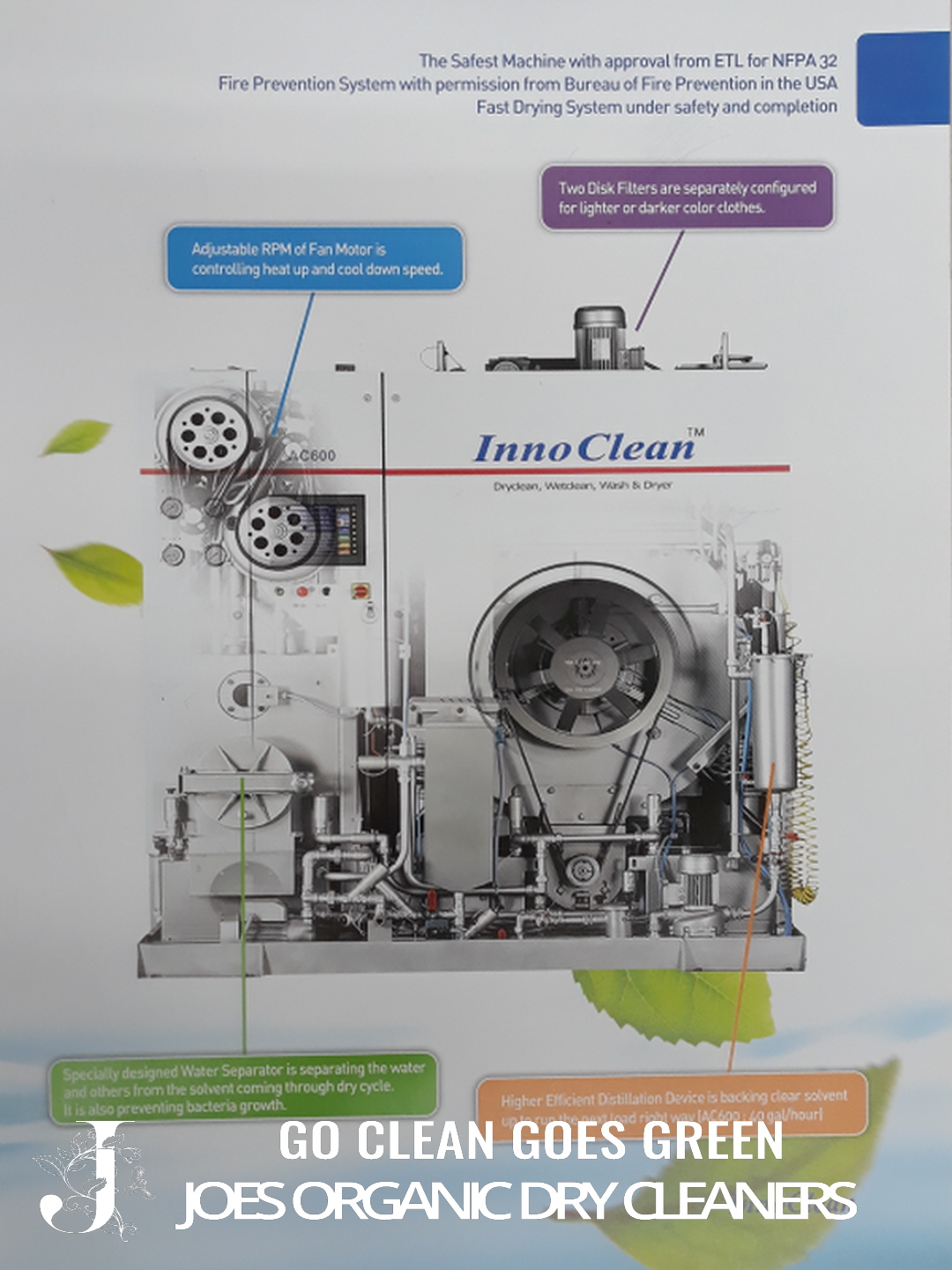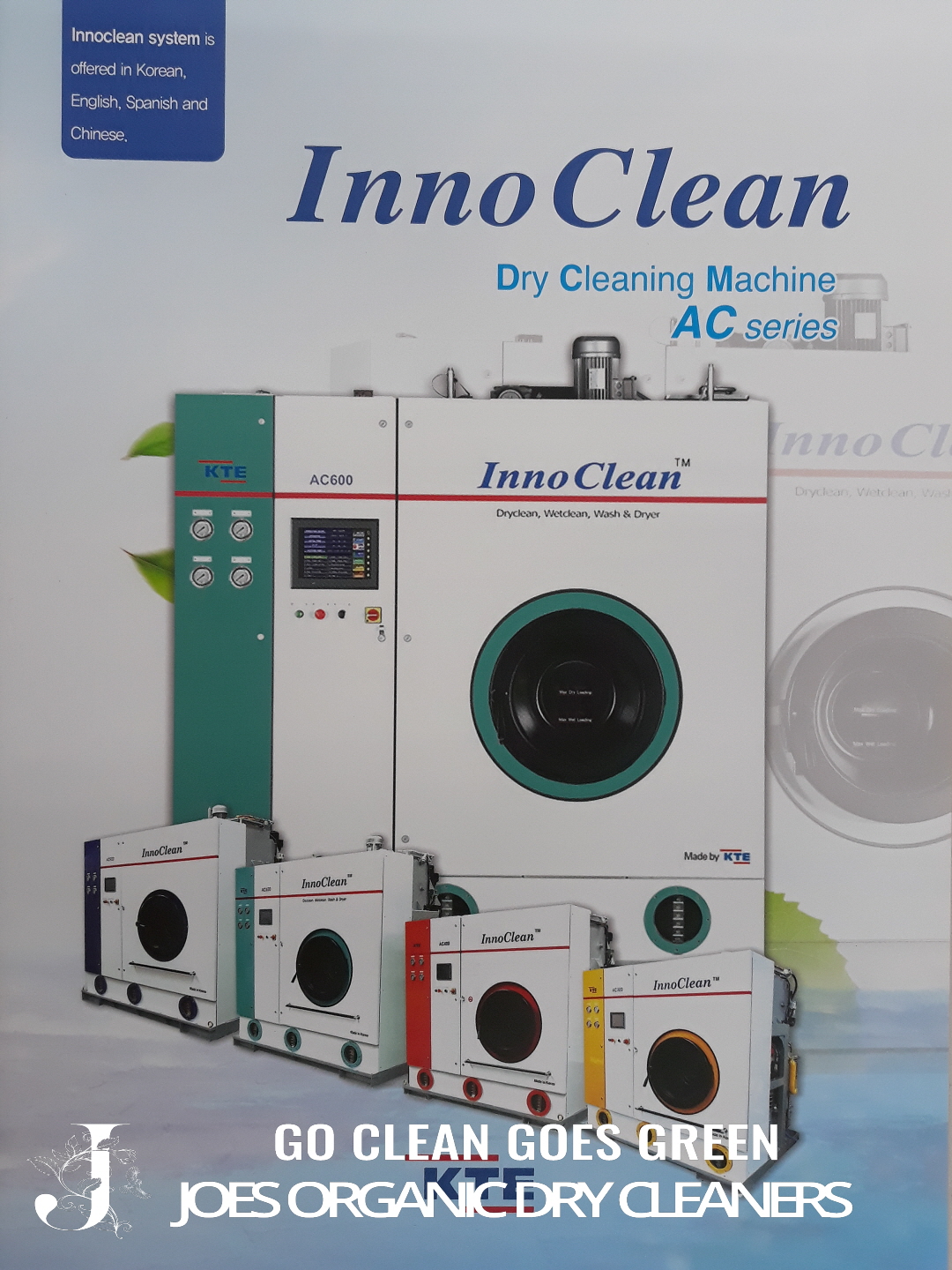The dry cleaning process is explained in detail.
The dry cleaning process involves specialized cleaning techniques that use a solvent, rather than water, to remove stains and dirt from fabrics. Here’s a detailed explanation of the typical dry-cleaning process:
1. Ordered Clothes Inspection:
Customers bring in their clothes for dry cleaning.
The garments are thoroughly inspected for stains, damages, and specific care requirements. Special attention is given to delicate fabrics and intricate details.
2. Tagging and Pre-Treatment:
Each garment is tagged to keep track of it throughout the cleaning process. Stains are pre-treated with specific solutions to enhance the cleaning effectiveness.
3. Dry Cleaning Machine Loading:
The garments are loaded into huge dry-cleaning machines.
These machines look like front-loading washing machines but use a different cleaning solvent.
4. Dry Cleaning Solvent Bath:
The machine is filled with an eco-friendly dry cleaning solvent, a corn oil-based solution.
The solvent penetrates the fabric, dissolving stains and dirt.
5. Agitation and Filtration:
The machine agitates the clothes gently to ensure thorough cleaning.
Filtration systems in the machine help remove impurities and particles from the solvent.
6. Rinsing and Extraction:
The solvent is drained, and a rinse cycle follows to remove any remaining traces of the cleaning solution.
The rinse solvent is then extracted from the garments.
7. Drying:
Unlike traditional laundry, dry cleaning involves no water, so there’s no need for extended drying periods.
The garments are placed in a drying cabinet or centrifuge to remove excess solvent.
8. Post-Spotting:
After drying, a dry cleaner may spot-clean areas that require additional attention.
This ensures that any remaining stains are treated before the final inspection.
9. Pressing and Finishing:
The garments are pressed and finished to restore their shape and appearance.
Skilled professionals use steam and specialized equipment to achieve a polished look.
10. Final Inspection:
Each garment undergoes a final inspection to ensure it meets the dry cleaner’s quality standards.
Any necessary touch-ups or re-cleaning is done at this stage.
11. Packaging:
The cleaned and inspected garments are carefully packaged, often in protective covers or on hangers.
Some dry cleaners use eco-friendly packaging materials.
12. Customer Pickup:
Customers are notified, and they pick up their freshly cleaned and pressed garments.
13. Local area pickup and home delivery services
We understand the increasing demands of modern life and support and offer local pickup and home delivery services for your convenience.
Throughout the entire process, modern dry cleaners often emphasize eco-friendly practices, using biodegradable solvents, energy-efficient machines, and recycling programs to minimize environmental impact. This commitment to sustainability aligns with the growing awareness of eco-conscious practices in various industries, including dry cleaning.
https://www.joescleaner.com/reinvented-the-way-organic-dry-cleaning/





